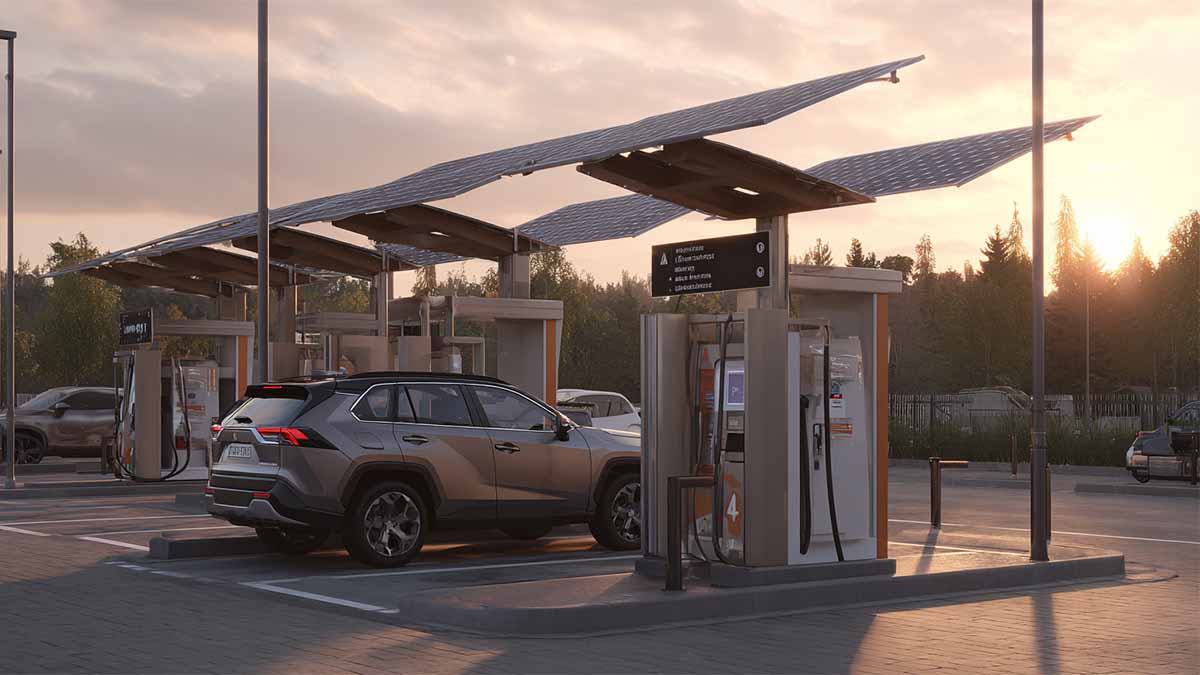 AFIR 2025: Соответствие требованиям CCS2 к зарядке постоянным током и руководство по эксплуатации на объекте (ЕС)
AFIR 2025: Соответствие требованиям CCS2 к зарядке постоянным током и руководство по эксплуатации на объекте (ЕС)
Sep 04, 2025
ВступлениеAFIR (Регламент 2023/1804) теперь устанавливает минимальные требования к общедоступной зарядке электромобилей по всему ЕС. Для площадок CCS2 DC это означает доступ по мере необходимости (без заключения контракта), прозрачное и сопоставимое ценообразование, прием широко распространенных платежных инструментов на более мощных зарядных устройствах, цифровое подключение с функцией интеллектуальной зарядки для новых или отремонтированных объектов, а также целевые показатели покрытия коридоров на ключевых дорогах. Представленный ниже план действий позволяет преобразовать эти обязательства в действия, которые команда площадки может выполнить в этом квартале. Что AFIR меняет на земле для CCS2• Вступает в силу с 13 апреля 2024 года, устанавливает обязательные правила общедоступной зарядки.• Для постоянного тока используется CCS2; для переменного тока используется Тип 2 в соответствующих классах мощности.• К 14 апреля 2025 года в общественных точках постоянного тока должны использоваться фиксированные кабели; спланируйте соответствующим образом кожухи, сальники и устройства разгрузки натяжения.• Все общественные точки должны быть подключены к цифровым технологиям к 14 октября 2024 года; новые точки (с апреля 2024 года) и соответствующие реновированные точки (с октября 2024 года) должны поддерживать функцию интеллектуальной зарядки, чтобы операторы могли удаленно управлять нагрузкой, ценообразованием и доступностью. Платежи и ценообразование, прошедшие аудит AFIR• Специальный доступ: водители должны иметь возможность запускать поездку и платить без предварительного договора или приложения.• Принимаемые устройства: для зарядных устройств мощностью ≥50 кВт новые установки должны принимать широко распространённые платежные устройства на зарядном устройстве (считыватель карт или бесконтактное устройство для считывания платежных карт). Срок модернизации существующих устройств мощностью ≥50 кВт на определённых дорогах истекает 1 января 2027 года. Для зарядных устройств мощностью менее 50 кВт операторы могут использовать безопасный способ онлайн-оплаты, например, QR-код, который направит водителя на страницу оформления заказа.• Для зарядных устройств мощностью ≥50 кВт тариф за сеансы ad-hoc должен рассчитываться на основе отданной энергии (кВт⋅ч). Допускается поминутная плата за использование после короткого льготного периода для предотвращения блокировки отсека.• Ясность цен на
ЧИТАТЬ ДАЛЕЕ

 AFIR 2025: Соответствие требованиям CCS2 к зарядке постоянным током и руководство по эксплуатации на объекте (ЕС)
AFIR 2025: Соответствие требованиям CCS2 к зарядке постоянным током и руководство по эксплуатации на объекте (ЕС)